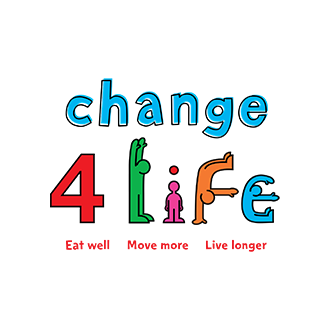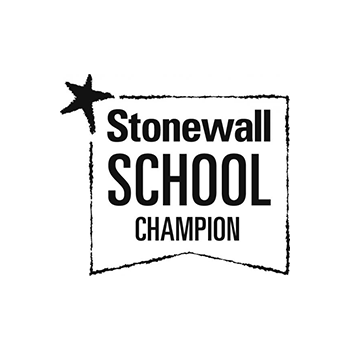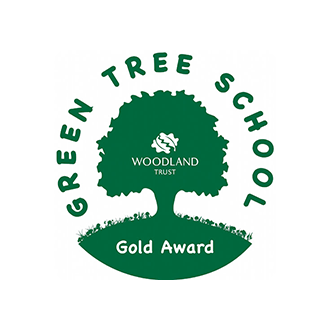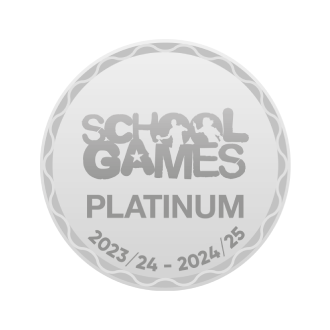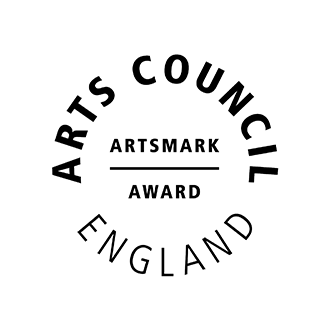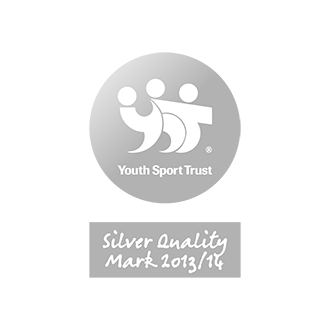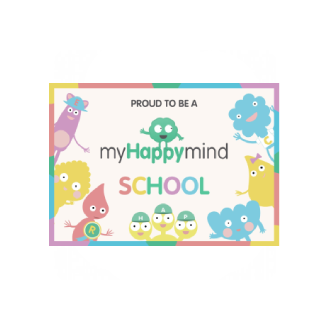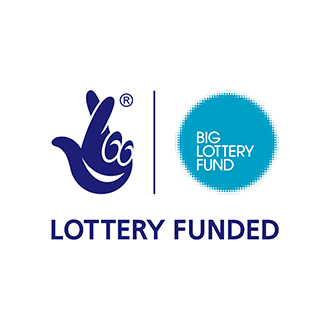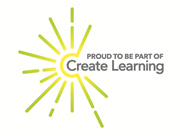Sapphire Class 2024 - 2025
Mrs Proctor
Key Stage 1 Lead, Year 2 Teacher
Personal Development, Behaviour and Science Lead
Welcome to Sapphire Class!
Welcome to Spring 2...the weeks are flying by!
I will be with the class Monday - Thursday. Mrs Tomlinson will teach Year 2 on a Friday and will lead a 'curriculum day' for the children where they will be taught areas of the wider curriculum. This allows me to focus on the core subjects of Maths and English, as well as our enquiry theme.
For this half term, the children will have forest school on a Wednesday and PE on a Friday. Please make sure that as the weather becomes cooler, the children are dressed appropriately as we will try and be outside as much as possible!
You are welcome to email me on jproctor@littleleighprimary.cheshire.sch.uk. If it is anything urgent regarding day to day problems, please contact Mrs Carthy in the school office who will be happy to help.
Mrs P
This half term we are answering the question...
How has Chester Zoo changed over the years?
As historians...
Children will learn that Chester Zoo was founded by a family who had a love of animals. The Mottersheads had visited an amusement park in Manchester and felt sorry for the caged animals who were not well looked after. George Mottershead (the son) collected insects and lizards that arrived on exotic plants for their garden business. It wasn’t long before Chester Zoo was opened in 1931, entirely run by the Mottershead family. The family did not make any money for over 10 years! After promoting the zoo (with the motto ‘always building’) and introducing the adoption scheme, they began to raise money to buy new materials for the new animals. Chester Zoo is now the biggest and most visited attraction outside of London. It has over 1000 members of staff (all over the world!) and more than 20000 animals to care for! Chester Zoo places huge importance on the prevention of extinction and helping to educate people to protect the environment for the future. With member of the government, they have passed a new curriculum of education for children in schools.
As writers...

A young boy discusses the journey he is about to make with his mother. They will leave their town, she explains, and it will be sad but also a little bit exciting. They will have to say goodbye to friends and loved ones, and that will be difficult. They will have to walk and walk and walk, and although they will see many new and interesting things, it will be difficult at times too. A powerful and moving exploration that draws the young reader into each stage of the journey, inviting the chance to imagine the decisions he or she would make.
We will be using this text to write a recount of events from the text from the character’s point of view and including lots of exciting detail. In addition to this, we will be looking at the following feature keys:
- Write in 1st person
- Use consistent past tense
- Order events with adverbs of time
- Include personal comments and own viewpoint
- Set the scene with a clear opening and establish the context
- Finish with a closing statement with personal comment or summary e.g. What an amazing day we all had!
As readers...

A crumbling stone soldier sits on a bench in the park. Only Owen understands how important he is.
Owen and his mum are struggling. It’s just the two of them now, and they’re finding it difficult to ask for the help they need. When Owen discovers an old war memorial in the local park, he finds great comfort in confessing his worries to the war-weary stone soldier. No matter what Owen says, the soldier just sits and listens, and most days that’s all Owen needs. So when the council makes plans to modernise the park and get rid of the soldier, Owen is devastated and decides to put up a fight. If he can just show everyone how important the soldier is, maybe this time Owen won’t be left to cope on his own.
During shared reading we will:
- Predict what might happen on the basis of what has been read so far
- Clarify and discuss the meaning of words, linking new meanings to known vocabulary
- Model fluency at an appropriate speed with accuracy, automaticity and prosody
- Retrieve by answering and asking questions
- Explain mastery focus
- Summarise reading from previous sessions
- Strategy check to explicitly teach reading strategies
- Independent reading mastery focus*
- Group discussion to explore answers to key question
As scientists...
In Year 2, the children will be achieving the following objectives:
- identify and compare the suitability of every day materials including wood, plastic, glass, brick, rock, paper and cardboard for particular uses.
- Find out how the shapes of solid objects made from some materials can be changed by squashing, bending, twisting and stretching.
As mathematicians..


Children will be taught to:
solve problems with addition and subtraction:
use concrete objects and pictorial representations, including those involving numbers, quantities and measures
apply their increasing knowledge of mental and written methods
recall and use addition and subtraction facts to 20 fluently, and derive and use related facts up to 100
add and subtract numbers using concrete objects, pictorial representations, and mentally, including; a two-digit number and ones, a two-digit number and tens, two two-digit numbers, three one-digit numbers
show that addition of two numbers can be done in any order (commutative) and subtraction of one number from another cannot
recognise and use the inverse relationship between addition and subtraction and use this to check calculations and solve missing number problems.
Sapphire Class: Calendar items
Northwich Sings, by Miss Norris
Choir performing at May Fair, by Miss Norris
Y6 SATS GPS, by Miss Norris






